What Is an After Print?
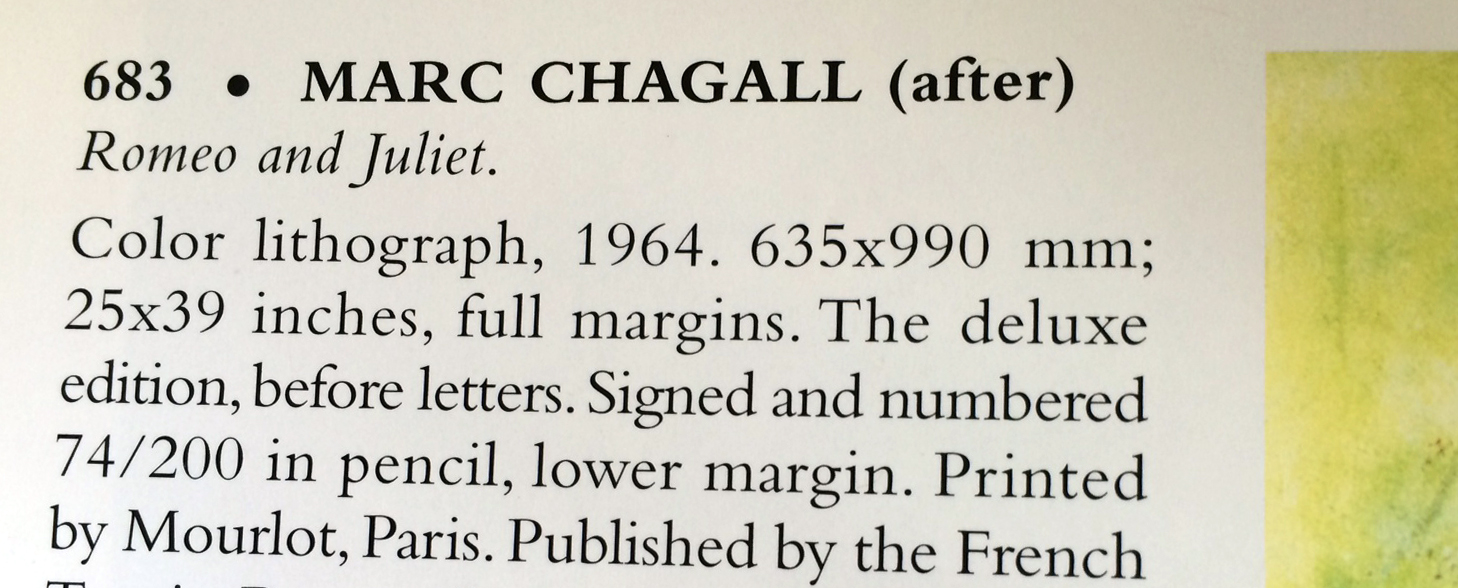
One of the most common questions we get asked at Swann is what it means when a lot is catalogued with the word “after” in parentheses following an artist’s name. To answer, it helps to take a look at a Marc Chagall lithograph in our upcoming auction of 19th & 20th Century Prints & Drawings.
Chagall’s exceptional career as a lithographer was greatly facilitated by his ongoing artistic collaboration with master-printer Charles Sorlier of the Atelier Mourlot, Paris. After creating a composition, Chagall trusted Sorlier to touch-up his lithographic stones and provide approval of quality. Sorlier became so familiar with Chagall’s work–and Chagall relied on Sorlier’s judgment to such an extent–that Sorlier created a number of prints in a style “after” Chagall, i.e. interpretive designs of Chagall’s original paintings and gouaches.
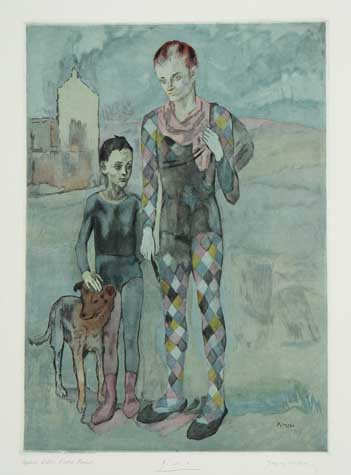
Many other artists produced “after” prints in this fashion as well, issuing works that were made by the same professional printmakers that they worked with to produce their “original” editions. In other cases, the “after” prints were created by well-known artists. Jacques Villon, for instance, made many prints after artists such as Matisse and Picasso.
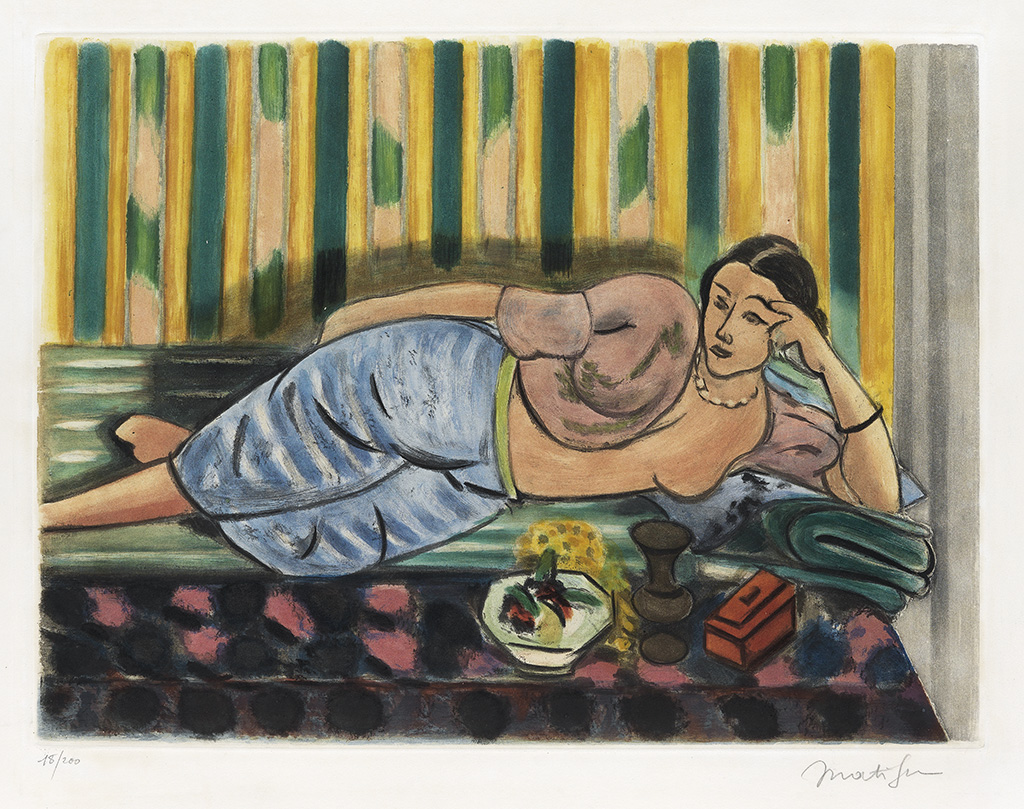
After prints were also created under the auspices of artists’ publishers. Georges Braque worked with Parisian publisher Maeght to create graphics made “after” his watercolors and paintings. The printers whom he regularly worked with on his “original” graphics headed these projects. Like Chagall, Braque assisted the printers closely throughout the entire process; he chose each image and which technique to use, directed the lithographer or engraver, and corrected and approved the proofs. He authorized production of the work by hand-signing the edition.
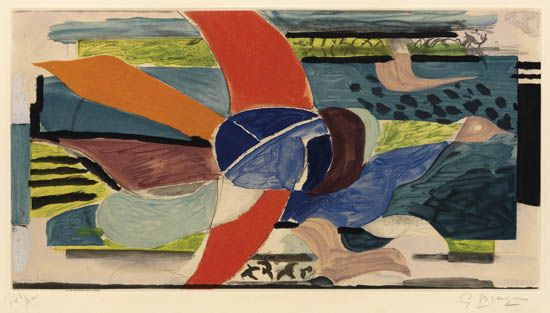
These “after” prints reproduced prominent, large color paintings from earlier in the artists’ careers–created before they had begun to utilize color printmaking techniques, and generally, from the mid-20th century on–and were championed by print publishers as a means of extending the artists’ commercial output.
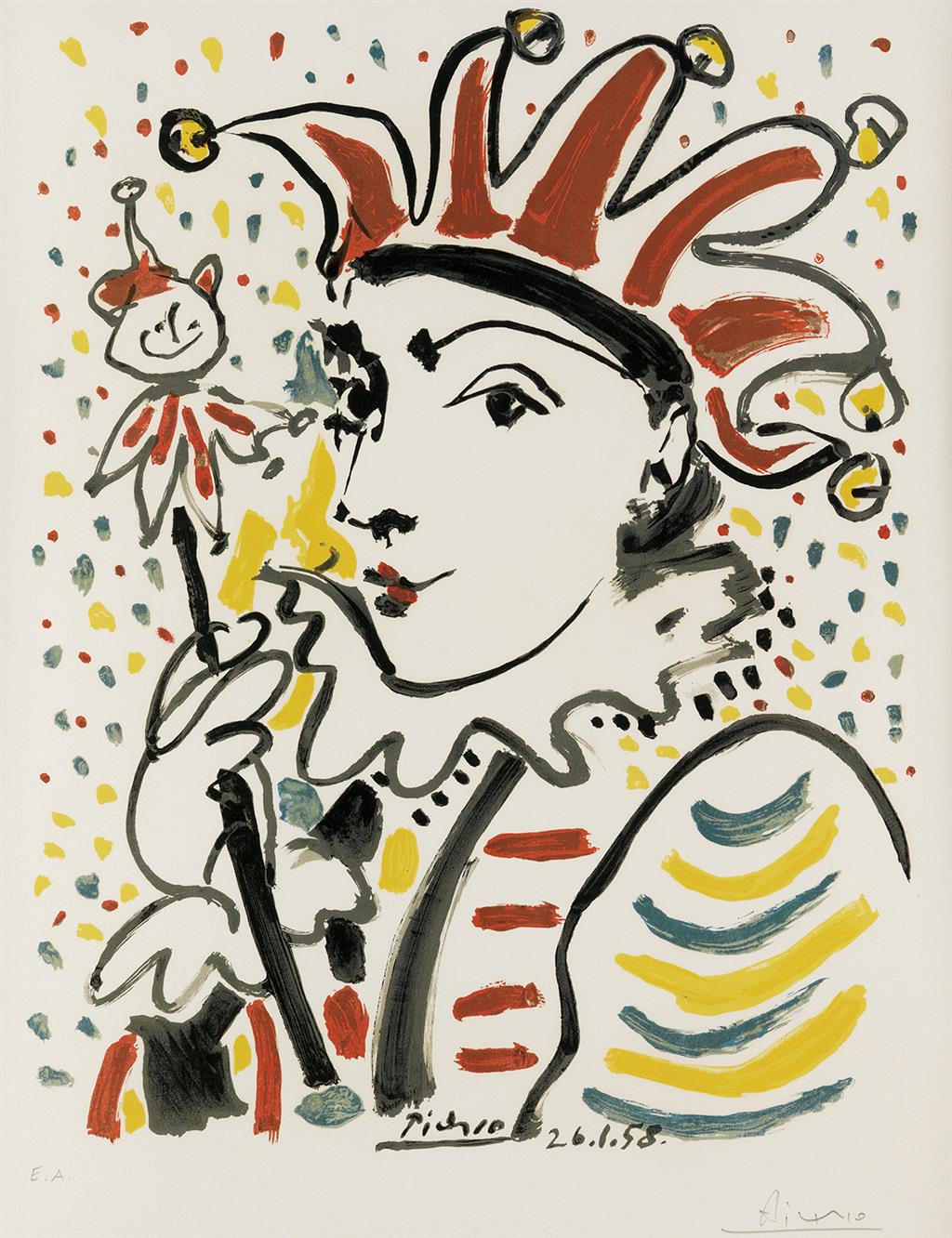
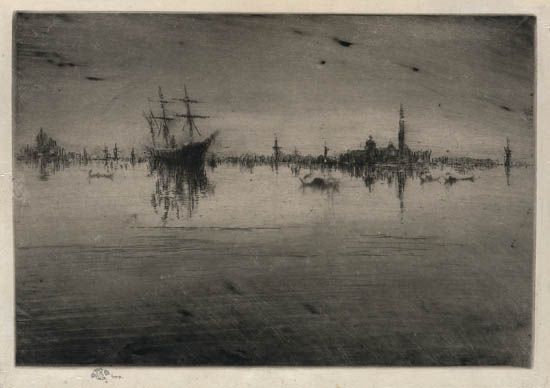
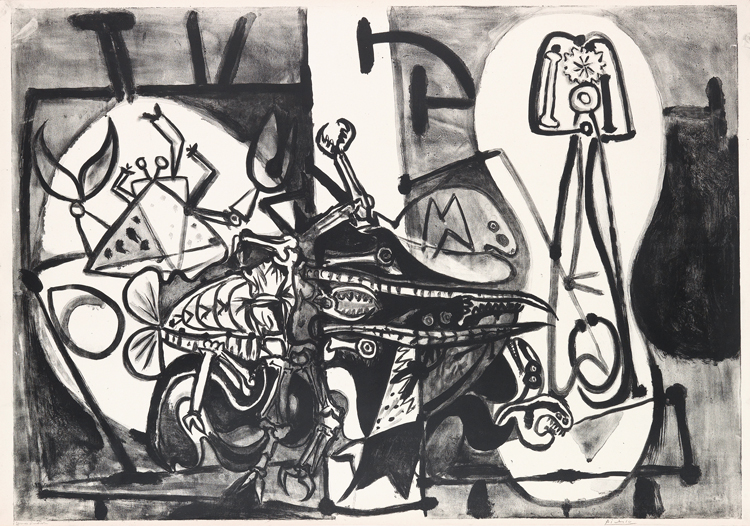








![Grace Meschery-McCormack shares about two copies of Fernando de Rojas’s ‘La Célestine,’ including a limited edition copy illustrated by Pablo Picasso.
At auction April 22. Learn more about the works at the link in our bio.
#Rarebooks #rarebookdealer #antiquarianbooks #auctions
_______________________________________
Music Credit:
Schubert - Piano Quintet in A major ‘The Trout’, D. 667 - IV. Andantino – Allegretto
Music provided by Classical Music Copyright Free on Youtube [https://tinyurl.com/visit-cmcf]
Watch: • Schubert - Piano Quintet in A major ‘...]](https://scontent-iad3-1.cdninstagram.com/v/t51.75761-15/491443494_18499096345036585_5935932878956098058_n.jpg?stp=dst-jpg_e35_tt6&_nc_cat=107&ccb=1-7&_nc_sid=18de74&_nc_ohc=ostXVtDDbb4Q7kNvwHZ-361&_nc_oc=AdkTFTlWxAJeofFczbA8cqnIGv7iN7enlz_0FCOhihr51VzfEZ7vUkMWgZUhTaQVla0&_nc_zt=23&_nc_ht=scontent-iad3-1.cdninstagram.com&edm=AM6HXa8EAAAA&_nc_gid=wLbxp6dScwI6m_npGGyrgA&oh=00_AfG-y145dpE8Q_bBskXzQQ_Mdi6dmVYS8vRYTKVwhlaQsw&oe=68179B11)






